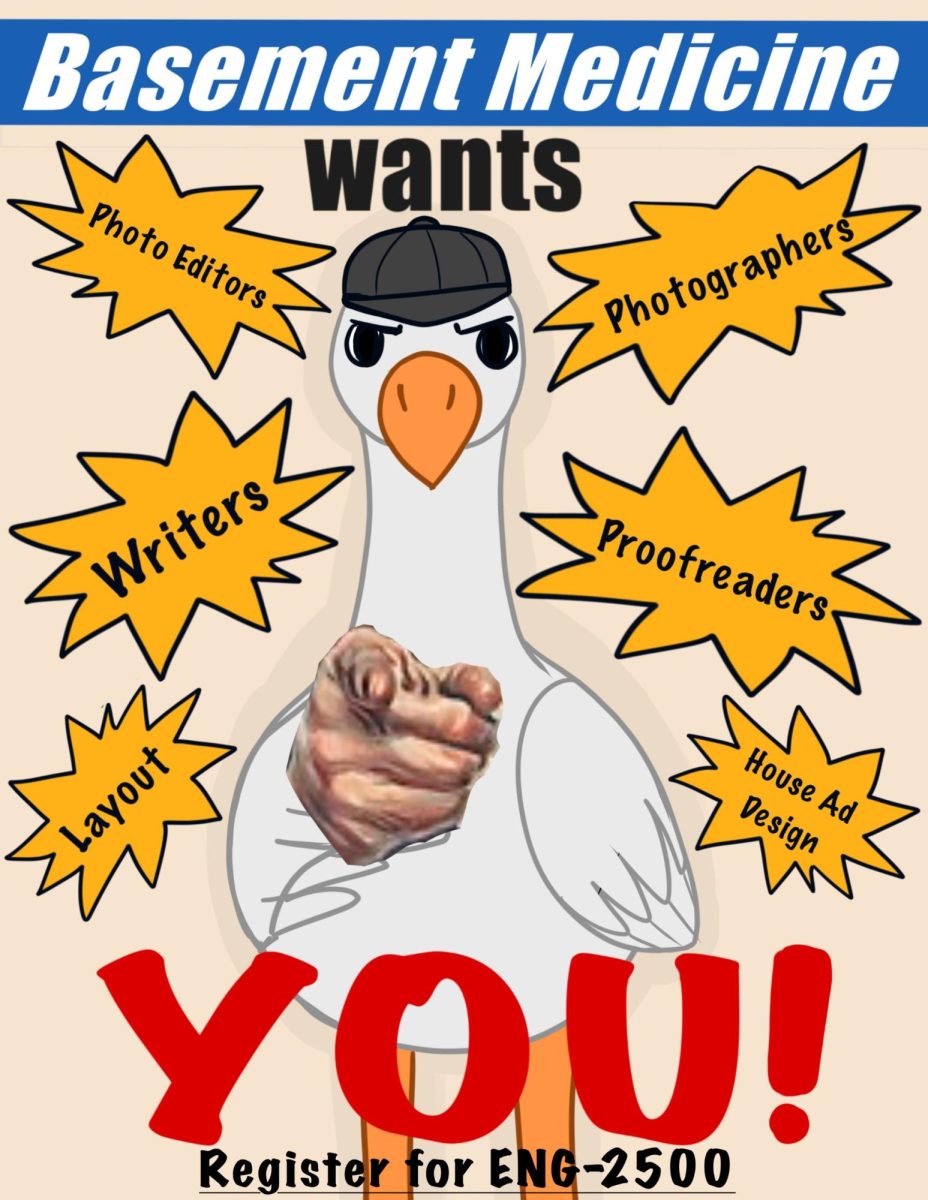The Texas Information Literacy Tutorial, or TILT, is a general education requirement at Johnson State College that happens to be the absolute last thing on the average student’s mind.
“It’s on my list of things to figure out what it is and take,” says Childhood Education major Galloway Morris.
He has more pressing assignments at the moment, and returns to his laptop.
Another JSC student, Benjamin Steele, bluntly describes it as “some bullshit thing to prove that you can use a computer” while lounging around the quad.
What is it about TILT that makes students not take it seriously?
TILT is an online selection of four modules –sources of information, finding information, evaluating sources of information, and using information– that were conceived at the University of Texas at Austin.
Academic Dean Daniel Regan said that the Vermont State Colleges (VSC) board of trustees requested a stronger focus on information literacy, along with the recently added Quantitative Reasoning requirements.
“We thought for purposes of the trustee mandate, the TILT was at least a baseline level of competency in information literacy,” says Regan.
The VSC board of trustees is a body of 15 people, including four state legislators and one VSC student.
William A. Orme, an Associate Librarian at Indiana University-Perdue University, wrote a research paper on TILT.
The Texas Information Literacy Tutorial was designed to assist college librarians and English teachers with instruction on how to perform school research.
If research is choosing random answers until they are correct by happenstance, which is what TILT allows, then it is working perfectly.
Each of the four sections of the tutorial ends with a short quiz in which every question is multiple-choice. All quizzes can be repeated until the test taker receives a passing grade, with no penalty for unlimited attempts other than time lost.
Theoretically, it is possible to pass without even looking at the questions.
A computer program could enter random numbers and pass. A chimpanzee trained to play with a computer mouse could eventually pass, if given enough peanuts.
The issue with TILT is structure. Orme’s research concluded that the online quizzes could be equal to traditional face-to-face teaching.
A variable that the experiment didn’t consider is how the research subjects were under a tighter schedule than what Johnson State allows. The subjects knew that they would have to demonstrate what they had learned immediately, so they studied the tutorial carefully.
The due date for passing TILT at Johnson is any time before graduation. Students may take the tutorial as soon as they become aware of it, or wait until they are mere weeks away from graduation; all four quizzes can be completed within an hour, so it’s not necessary to set aside time for it. TILT is usually mentioned in a brief mass email to students once a year, and must be applied for as a course despite being less than one day’s worth of effort.
A tutorial on positive research habits should not encourage procrastination, nor should it be something to be done just to get it out of the way.
Orme’s study showed a detail that could make TILT more effective: combining face-to-face teaching with the online quizzes had a greater effect than either method alone. TILT was designed to assist overburdened teachers with giving students essential knowledge, but as a standalone class it is not helpful.
If Johnson’s freshman English courses were to take one or two classes out of their course schedule to complete TILT with a teacher watching, the whole process would become more meaningful. “For us,” says Regan, “TILT is just one mechanism toward what we hope will be a much improved and strengthened set of mechanisms to assess information literacy competency.” Regan mentions that a more sophisticated information literacy program would integrate the lessons into classes, which is similar to how Quantitatively Enriched courses work currently.
One thing that Johnson’s version of TILT does right is having a few questions that cannot be answered by simply having the tutorial open on another browser tab. Evaluating Sources of Information has a good example in which there are links to two websites, a legitimate news website and a fake site with bogus information. A student would have to look closely at both links and spot the fake with the knowledge the tutorial provides.
This question is hampered by being another multiple-choice, one with only two choices to make it even easier to mash through. This is not just a matter of preventing laziness; Orme’s paper noted that students are more likely to remember complex subjects if they used them for a practical purpose. Many of the questions on TILT’s quizzes can be answered by parroting the tutorials, with no higher understanding needed.
Requiring students to fill out short answers rather than poke radio buttons would remove any element of brute force, but would require a live teacher to review the quizzes, coming back to the problem of overtaxed teachers.
For students to learn from a class, they must believe that what they are doing matters. Regardless of the effort JSC staff put forward into adding TILT to the curriculum, it feels like an afterthought, and an afterthought is the last thing on the average student’s mind while sunning on the quad.




